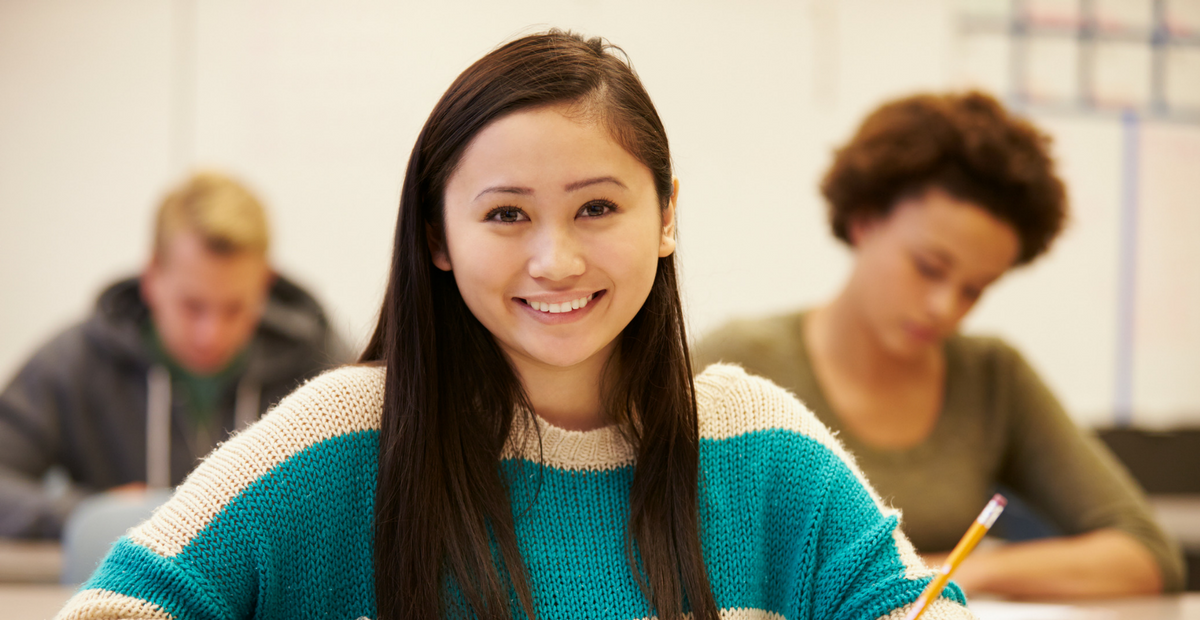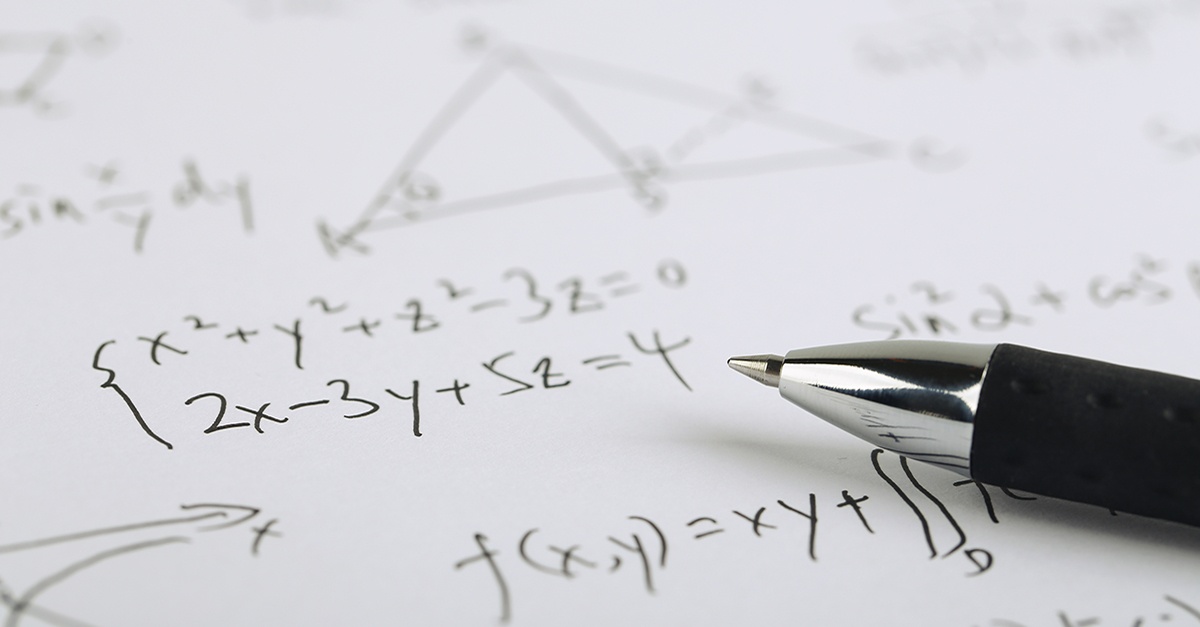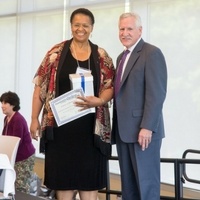A Guide to In-Class Physics Demonstrations
Classroom demonstrations can be a great way to get students excited about what you want them to learn, and in-class physics demonstrations can be easier than you realize. If you are not doing any in-class demonstrations, then you are doing too few. Here are some thoughts about getting started with demonstrations that are both affordable and effective.
- Wow them! If you want to get students’ attention, show them something they aren’t expecting. Who doesn’t love a good trick by David Blaine or David Copperfield? There are plenty of physics experiments where the outcome is counterintuitive. When students guess one outcome and see another, not only does it grab their attention, but it also sparks interest in finding out why things behaved differently than they expected.
-
Classic examples of Counterintuitive Demonstrations: The two-part spool experiment is one that any instructor can do in class with minimal cost and minimal setup. All you need is a basic spool with rope or yarn on it. You can get a spool and rope at a home improvement store like Home Depot or a craft store like Michaels. It is important that the spool have an inner diameter that the rope is wrapped around. Simply put the spool on a tabletop, and ask the students which way the spool will roll when the rope is pulled horizontally. You can do this with the rope coming over the top of the spool and underneath the spool. The result will surprise some students. Here is a link to a video that shows this demonstration.
-
Sometimes a video can do the job. There are some nice experiments out there that involve set-ups that are either too complicated or too dangerous to do in the classroom. Dropping a tennis ball onto a basketball allows for the tennis ball to bounce back to a height much higher than its starting position (see a video here). You could probably do this demonstration in your class. However, if you want to include a golf ball, which goes to a height of about 27 feet when dropped from 3 feet, the demonstration probably becomes unsafe. If the golf ball rotates and is launched at an angle, rather than straight up, it could be directed at a student and cause injury. You can still get a reaction from your students when you show them the video. Ask them how high they think the top ball will reach and show them the video. If you really want to integrate the demo, go through all of the calculations together or get them started, and make it a group project.
-
Bullet block demonstration: For obvious reasons, it’s not possible to shoot bullets into wooden blocks in your classroom. This video demonstration shows a wooden block that flies into the air when hit in the center with a bullet. The demonstration will challenge your students with this question: When a block is shot off-center, will it fly higher, not as high, or the same height as the block that’s shot in the center? Again, the answer will surprise many. See the video here.









